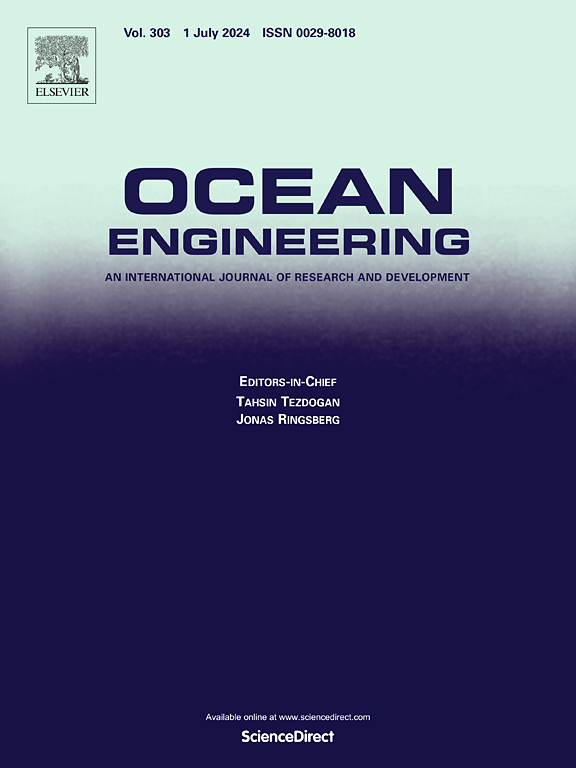Experimental and numerical study of a pitching airfoil interacting with the vortical wake of an upstream cylinder
IF 4.6
2区 工程技术
Q1 ENGINEERING, CIVIL
引用次数: 0
Abstract
The turbulence properties of the upstream flow have a significant impact on the aerodynamic behavior of an airfoil in various applications. Two key parameters in the upstream flow are the presence of vortices and changes in flow direction. Studying these parameters is crucial when analyzing airfoil-based shapes in real-world scenarios. In this study, a vortical environment is created using a circular cylinder, and changes in flow direction are simulated using a pitching airfoil. The vortical flow passed a pitching airfoil is analyzed experimentally and numerically at different reduced frequencies(, the ratio of the gap to the cylinder diameter(), and pitching oscillation amplitude(). The flow behavior is presented in experimental terms of the mean streamwise velocity(), turbulence intensity(Ti), and power spectral density(PSD) downstream of the pitching airfoil, and numerical contours of velocity field, turbulence intensity, and vorticity. The current study confirms the change in time and frequency domain parameters and provides new insight into the unsteady airfoils. The results show a change in the shedding mechanism in the case of , emerging two periodic vortical streets in the wake of pitching airfoil in the case of , and replacing cylinder vortex shedding frequency with pitching frequency of airfoils.
求助全文
约1分钟内获得全文
求助全文
来源期刊

Ocean Engineering
工程技术-工程:大洋
CiteScore
7.30
自引率
34.00%
发文量
2379
审稿时长
8.1 months
期刊介绍:
Ocean Engineering provides a medium for the publication of original research and development work in the field of ocean engineering. Ocean Engineering seeks papers in the following topics.
 求助内容:
求助内容: 应助结果提醒方式:
应助结果提醒方式:


